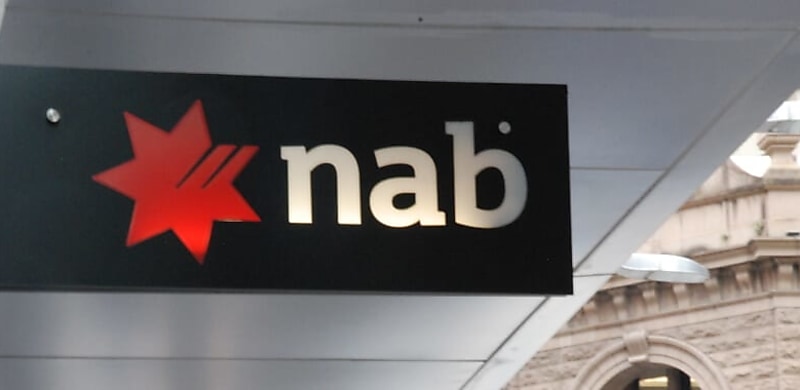
The Australian home lending system “will probably drop” to 2.5–3 per cent growth in 2023, NAB has forecasted.
At the big four bank’s full year results media conference held on Wednesday (9 November), the CEO of National Australia Bank (NAB), Ross McEwan, underlined the importance of the business lending sector over the next 12 – 24 months, as mortgage lending cools.
The bank CEO flagged that Australian home lending system would “probably drop” from about 7 per cent growth this year to around 2.5-3 per cent growth next year, given the changing economic environment and stiff competition.
However, he suggested the reduction in home lending growth would be offset by business lending growth.
When asked whether business customers were going to be the “fundamental support” not only for the bank, but for the economy more broadly, Mr McEwan replied: “Absolutely, and you can see the growth that we’re getting in the business bank.
“We are a big part of Australian business funding and we will continue to be there, and we’re seeing good strength in this marketplace."
He outlined that the agricultural sector had ben doing particularly well over the past couple of years due, in part, to "excellent export pricing" , while retail and "companies associated with the mining sector" were also doing well.
“So across the board, we’re in pretty good shape," he said.
"But we do need to be cognizant of the fact that costs are going up, and that at this stage they’ve been able to [pass] those costs on, but there may come a time when customers at the other end can’t afford to pay, so we are remaining cautious,” he added.
Business banking in focus
According to the bank's FY22 results, its business and private banking arm saw home lending grow by 13 per cent (or $11.6 billion) in the year to September, taking this segment's book to over $100 billion as at 30 September.
The bank flagged that it had increased digital documentation and expansion of its digital small business lending platform, Quickbiz over the year, and saw broker flows increase for SME finance, too.
According to the major bank, the mix of the business lending front book was around 25 per cent broker to 75 per cent proprietary, noting a "skew to broker".
Talking about business banking to media, Ross McEwan noted that competition was increasing for business loans, but added: "We like this business and we're bloody good at it, and we're going to stay good at it. Bring em on".
When asked about any pockets of concern in the business banking segment, with pressure coming through on construction businesses and a few going into administration already this year, Mr Ross noted that input costs and supply chains had "put pressure" on the construction industry.
“We are keeping an eye across the board on a weekly and fortnightly basis, we do see the results for all of these sectors on what’s coming in and out of accounts and we get a good balance," the NAB CEO told media.
“But at the moment it’s very resilient, the last two or three years through COVID has shown how resilient businesses are.
“They can hibernate pretty well and then open up again, so we’re seeing good strong resilience. But it’s a time with costs going up on every business just to be a bit cautious.”
However, Mr McEwan said the bank forecasts that there will be "good growth in the business market over the next 12 to 24 months", and that NAB would "continue to be very competitive in that market". That’s homeland for NAB,” he explained.
Uptick in broker flows
In home lending, process and technology improvements and further development of the bank’s “simple and digital” home loan platform were delivering better service outcomes in FY22.
Unconditional approval times had reduced compared with FY21, while broker net promoter score (NPS) and settlement quality both improved over the same period, it confirmed.
“This helped support Australian home lending growth of 7 per cent and market share gains over FY22,” the bank stated.
“It also means we are well positioned for a changing Australian home lending market with slowing credit demand combined with heightened refinancing activity and competitive pressures expected,” it added.
Additionally, NAB outlined that it had helped home loan customers in a rising interest rate environment via “more active early notification of fixed-rate term expiry and targeted variable rate offers, flexible management via the NAB Mobile App, and early engagement with those facing potential repayment risk.”
NAB in solid position as 2023 nears
Overall, NAB's gross loans and advances (GLAs) increased 9.3 per cent. Excluding the impact of the Citi consumer business, GLAs increased 7.3 per cent, with housing lending up 5.6 per cent and non-housing lending up 9.6 per cent.
Additionally, there was improved delinquencies across the Australian home lending portfolio combined with lower levels of impaired assets due to workouts in the business lending portfolio, NAB confirmed.
In its economic outlook the bank outlined that consumption and overall growth are expected to soften from September 2022 as the impact of higher interest rates and inflation impact household budgets more heavily.
“While there are number of uncertainties … the most likely scenario has forecast inflation peaking in the December 2022 quarter before easing through 2023,” NAB clarified.
“This would see the cash rate peak at 3.6 per cent in March 2023, but a more inflationary outcome would likely mean greater monetary policy tightening and a more pronounced economic correction.”
[Related: NAB flags competitive pressures amid mortgage growth]
 Login
Login










JOIN THE DISCUSSION